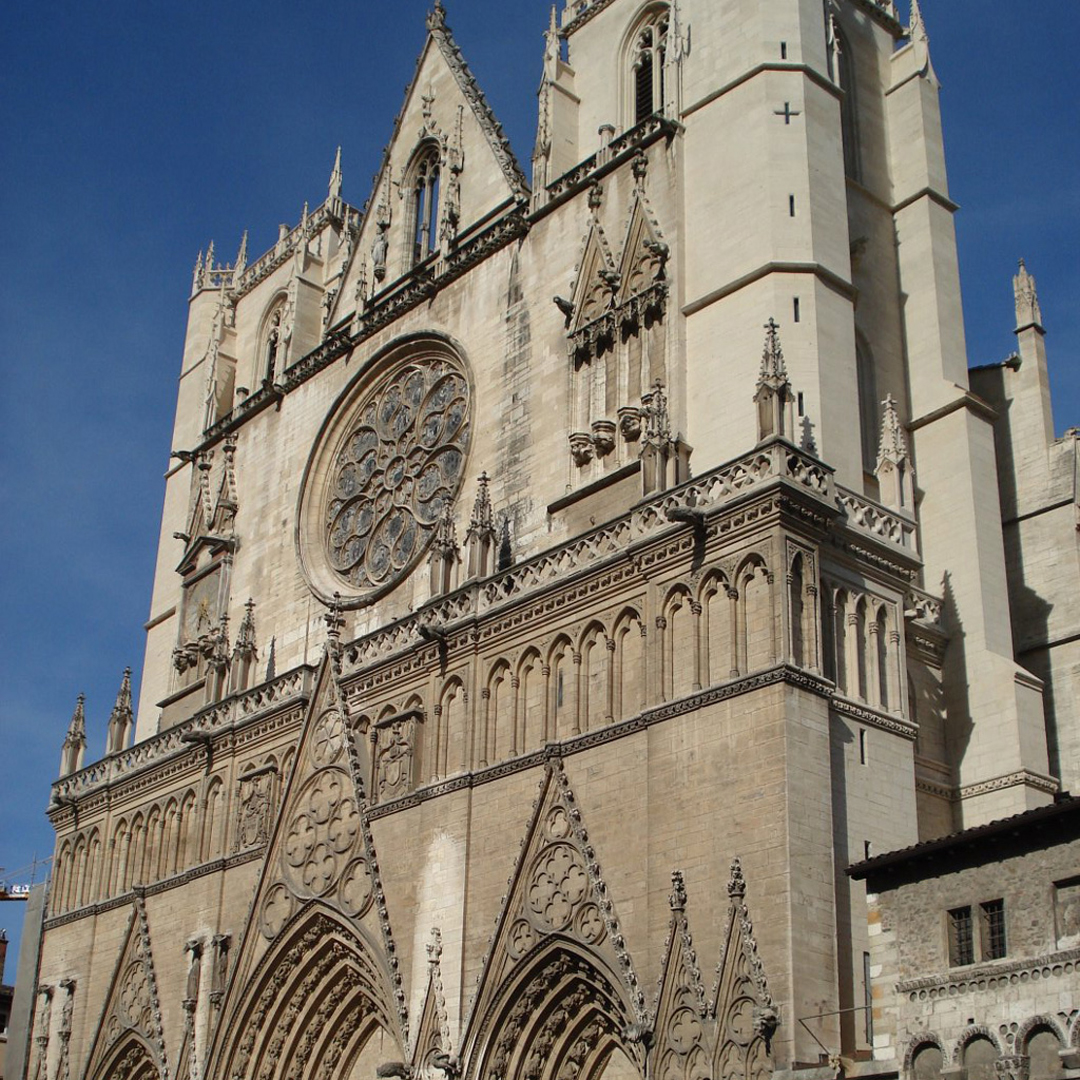“Cardinality-constrained texture filtering” by Manson and Schaefer
Conference:
Type(s):
Title:
- Cardinality-constrained texture filtering
Session/Category Title: Hardware Rendering
Presenter(s)/Author(s):
Moderator(s):
Abstract:
We present a method to create high-quality sampling filters by combining a prescribed number of texels from several resolutions in a mipmap. Our technique provides fine control over the number of texels we read per texture sample so that we can scale quality to match a memory bandwidth budget. Our method also has a fixed cost regardless of the filter we approximate, which makes it feasible to approximate higher-quality filters such as a Lánczos 2 filter in real-time rendering. To find the best set of texels to represent a given sampling filter and what weights to assign those texels, we perform a cardinality-constrained least-squares optimization of the most likely candidate solutions and encode the results of the optimization in a small table that is easily stored on the GPU. We present results that show we accurately reproduce filters using few texel reads and that both quality and speed scale smoothly with available bandwidth. When using four or more texels per sample, our image quality exceeds that of trilinear interpolation.
References:
1. Burt, P., and Adelson, E. 1983. The laplacian pyramid as a compact image code. IEEE Transactions on Communications 31, 4, 532–540.Google ScholarCross Ref
2. Burt, P. 1981. Fast filter transform for image processing. Computer Graphics and Image Processing 16, 1, 20–51.Google ScholarCross Ref
3. Cant, R., and Shrubsole, P. 1997. Texture potential mapping: A way to provide antialiased texture without blurring. In Visualization and Modelling, 223–240.Google Scholar
4. Cant, R., and Shrubsole, P. 2000. Texture potential mip mapping, a new high-quality texture antialiasing algorithm. ACM Transactions on Graphics 19, 3, 164–184. Google ScholarDigital Library
5. Chen, B., Dachille, F., and Kaufman, A. E. 2004. Footprint area sampled texturing. IEEE Transactions on Visualization and Computer Graphics 10, 2, 230–240. Google ScholarDigital Library
6. Crow, F. C. 1984. Summed-area tables for texture mapping. In SIGGRAPH, 207–212. Google ScholarDigital Library
7. Duchon, C. 1979. Lanczos filtering in one and two dimensions. Journal of Applied Meteorology 18, 8, 1016–1022.Google ScholarCross Ref
8. Fournier, A., Fiume, E., and Building, S. F. 1988. Constant-time filtering with space-variant kernels. In SIGGRAPH, 229–238. Google ScholarDigital Library
9. Glassner, A. 1986. Adaptive precision in texture mapping. In SIGGRAPH, 297–306. Google ScholarDigital Library
10. Gotsman, C. 1994. Constant-time filtering by singular value decomposition. Computer Graphics Forum 13, 2, 153–163.Google ScholarCross Ref
11. Greene, N., and Heckbert, P. 1986. Creating raster omnimax images from multiple perspective views using the elliptical weighted average filter. IEEE Computer Graphics and Applications 6, 6, 21–27. Google ScholarDigital Library
12. Heckbert, P. 1989. Fundamentals of Texture Mapping and Image Warping. Master’s thesis, University of California, Berkeley.Google Scholar
13. Hüttner, T., and Strasser, W. 1999. Fast footprint mipmapping. In Proceedings of the SIGGRAPH/EUROGRAPHICS workshop on graphics hardware, 35–44. Google ScholarDigital Library
14. Igehy, H., Eldridge, M., and Proudfoot, K. 1998. Prefetching in a texture cache architecture. In Proceedings of the ACM SIGGRAPH/EUROGRAPHICS workshop on Graphics Hardware, 133–143. Google ScholarDigital Library
15. Mallat, S. 1989. A theory for multiresolution signal decomposition: the wavelet representation. Pattern Analysis and Machine Intelligence, IEEE Transactions on 11, 7, 674–693. Google ScholarDigital Library
16. Mavridis, P., and Papaioannou, G. 2011. High quality elliptical texture filtering on gpu. In Symposium on Interactive 3D Graphics and Games, 23–30. Google ScholarDigital Library
17. McCormack, J., Perry, R. N., Farkas, K. I., and Jouppi, N. P. 1999. Feline: Fast elliptical lines for anisotropic texture mapping. In SIGGRAPH, 243–250. Google ScholarDigital Library
18. Mitchell, D. P., and Netravali, A. N. 1988. Reconstruction filters in computer-graphics. ACM Computer Graphics 22, 221–228. Google ScholarDigital Library
19. Schilling, A., Knittel, G., and Strasser, W. 1996. Texram: a smart memory for texturing. Computer Graphics and Applications, IEEE 16, 3, 32–41. Google ScholarDigital Library
20. Shannon, C. 1949. Communication in the presence of noise. Proceedings of the IRE 37, 1, 10–21.Google ScholarCross Ref
21. Welch, W. J. 1982. Algorithmic complexity: three NP-hard problems in computational statistics. Journal of Statistical Computation and Simulation 15, 1, 17–25.Google ScholarCross Ref
22. Williams, L. 1983. Pyramidal parametrics. In SIGGRAPH, 1–11. Google ScholarDigital Library
23. Zhouchen Lin, L. W., and Wan, L. 2006. First order approximation for texture filtering. In Pacific Graphics Poster.Google Scholar




